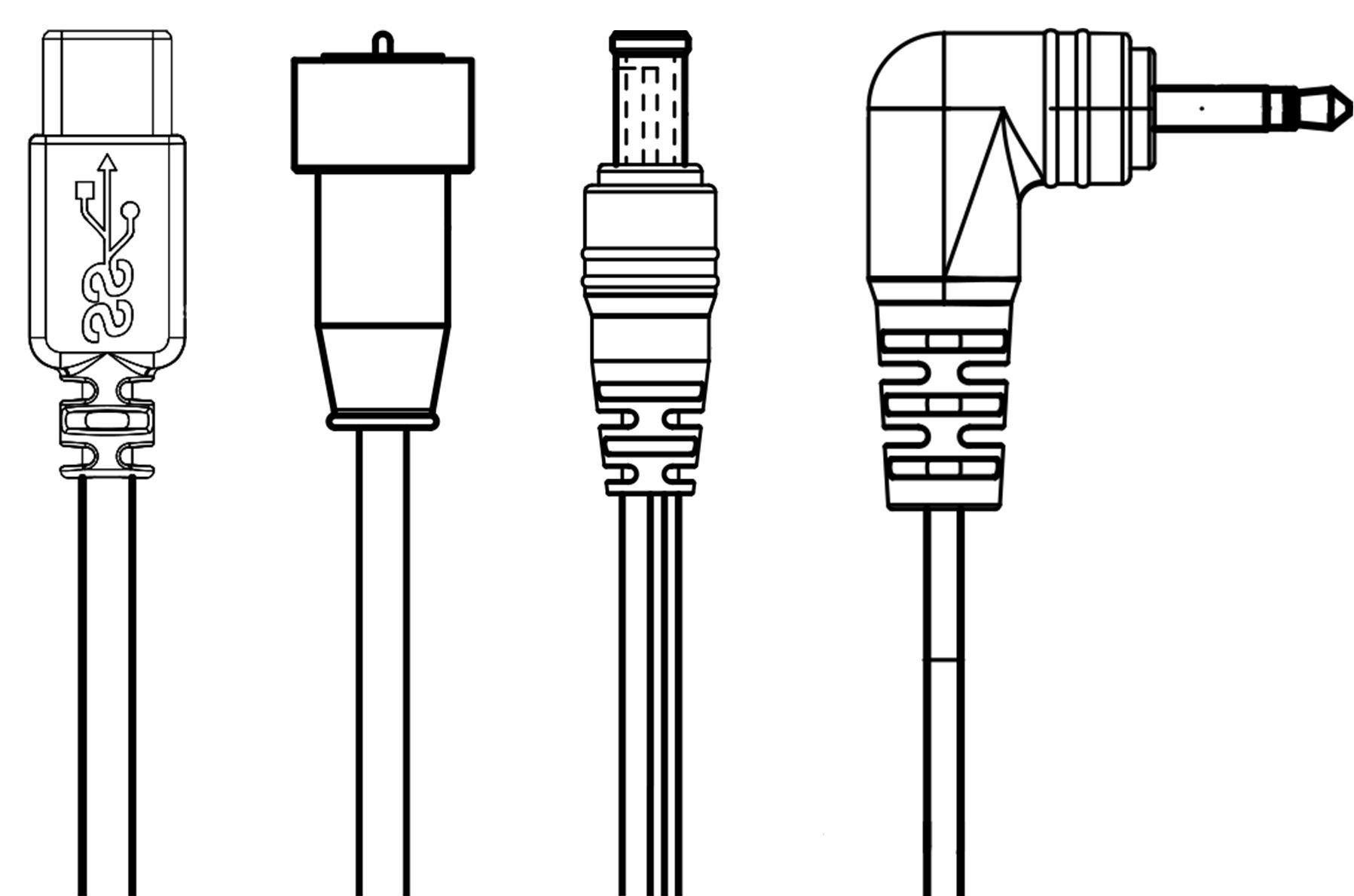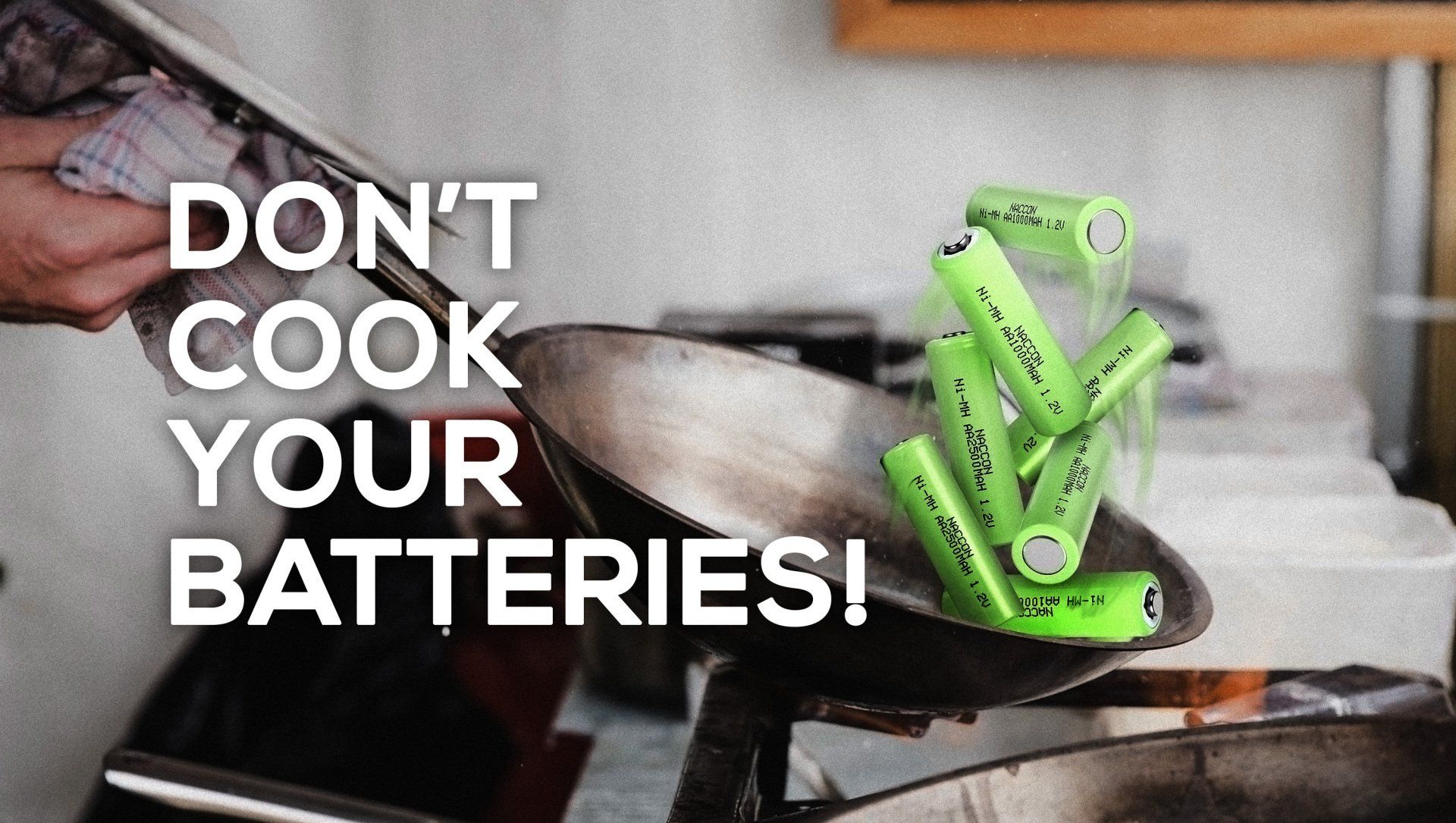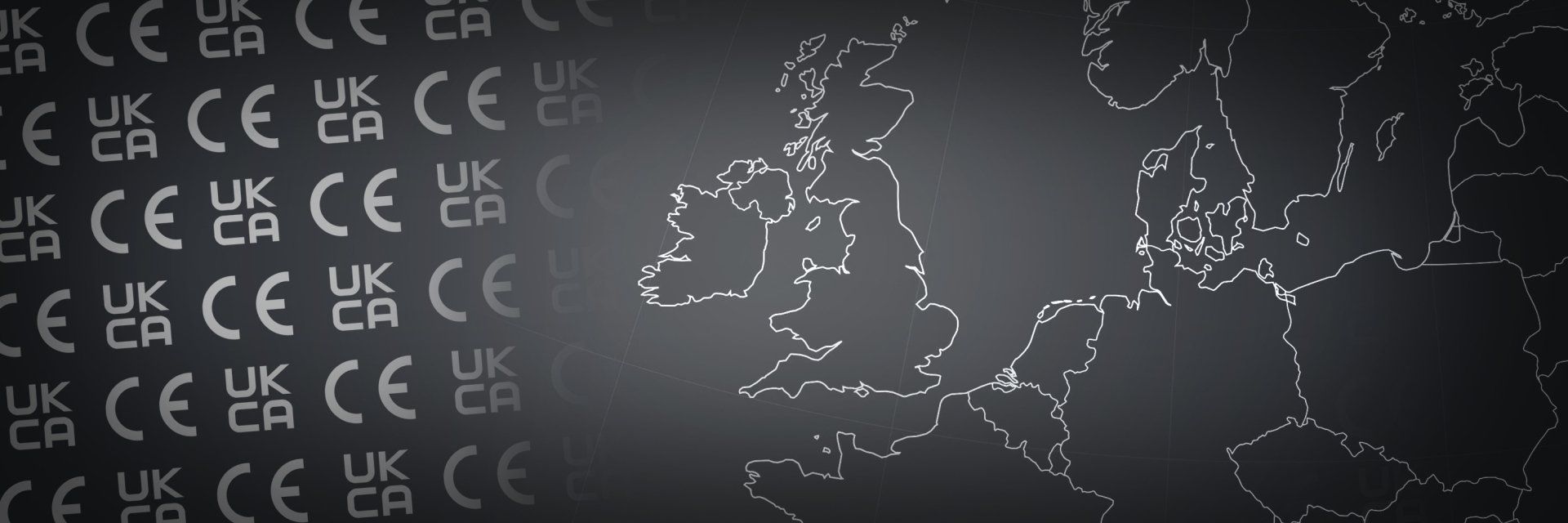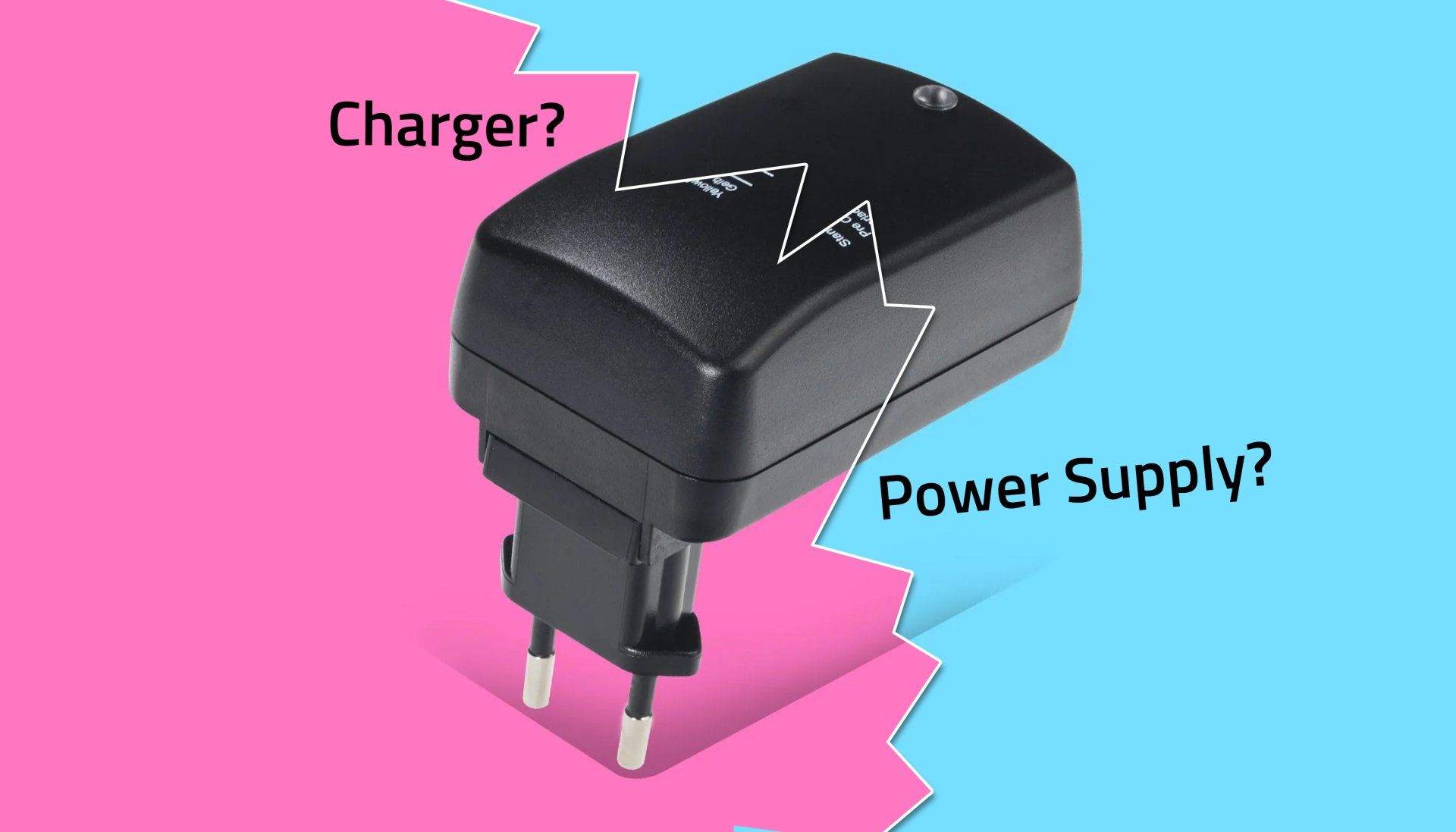The UKCA Guide for Manufacturers of Technical Products and Medical Devices
Introduction
The UK’s exit from the EU Customs Union and European Single Market on 1st January 2021 will have massive implications for many trading partners. In addition to the increased documentation and control effort due to the new customs regulations for exports and imports, this primarily affects manufacturers with regard to product safety regulations.
Within the EU Single Market, all products that comply with harmonised product safety directives bear the CE marking (Conformité Européenne). Since then, the “European Conformity” marking has ensured that a technical product or medical device complies with all specified product safety standards within the EU and can therefore be freely traded in the participating states of the European Economic Area (EEA).
In recent years, the EU has devised a detailed system for how manufacturers, distributors and importers can circulate products with a CE marking. Although this marking requirement involves a certain amount of organisational effort, it greatly simplifies cross-border trade in electronic and medical devices throughout Europe.
Since Brexit, the UK left this system on 1st January 2021. The British government has put its own solution in place of the CE marking, namely the UKCA marking. For companies from the EU, this means that in the future they will have to familiarise themselves not only with CE certification but also with the British model of UKCA marking if they want to offer products covered by this standard on the British market.
In this guide, we explain what the deadlines are for this transition, what is different from the old CE marking, how UKCA certification works for the UK and how to use themarking.
Looking at the Economy
What is the expected economic impact of UKCA implementation?
In a survey conducted by the consultancy firm KPMG in the spring of 2021, many German and British companies stated that they have an even more negative
assessment of the consequences of Brexit after the first three months than they did before. The introduction of UKCA marking is just one more negative factor in the mounting administrative and logistics workload that is hindering German-British trade as a result of Brexit.
German companies trading with the UK see themselves at a disadvantage compared to domestic competitors due to the newly added regulations. According to the KPMG study, one in six companies plans to cease foreign trade with the UK.
What Companies Need to Know
What is UKCA intended to do?
The UKCA marking stands for “UK Conformity Assessment”. With this marking, manufacturers must guarantee that products brought onto the market in England,
Scotland or Wales comply with the applicable product regulations and standards in the UK. The British government has largely adopted the content of the EU’s product safety regulations and standards and incorporated them into its own legislation.
When does UKCA come into force?
Officially, the UKCA marking came into force when the UK left the European Single Market on 1st January 2021. However, to make the changeover more seamless for market players, the British government has set the following transition periods. On August 24, 2021, the Department for Business, Energy & Industrial Strategy announced that the following deadlines would apply:
- Most products can be marketed with a CE marking or the new UKCA marking in England, Scotland and Wales by the end of 2022.
- From 1st January 2023, a conformity assessment under the new UK regulations will be mandatory for most products currently covered by the CE marking. These products will then have to bear the UKCA marking in order to be traded in England, Scotland or Wales.
Special arrangements for Northern Ireland
Northern Ireland has a special status as the CE marking remains valid for the vast majority of product groups. It’s also possible to mark products with a UKNI mark, which is particularly useful for British companies that export their products to the Northern Irish market.
Which products with CE marking are covered by the deadline extension until the end of 2022?
The deadline of the end of 2022 applies to all products with CE markings, the basis of which
- Is a self-declaration
- Is based on conformity assessment by an EU Assessment Body or conformity assessment by an accredited body outside the EU
- Is a certificate of conformity issued by a body in the UK whose approval was transferred to a corresponding body in the EU before 1st January 2021
- As well as for all products with CE marking that are already available on the UK market.
This regulation only applies as long as the requirements for marking in the EU and the UK are the same. The British government points out that there are currently no plans to issue different regulations. However, if the EU were to change individual regulations, this would also be the case.
Which products are not covered by the deadline extension to 1st January 2023?
All new products that fall under the UKCA marking and require a third party conformity assessment to be carried out by a UK body must already be marked with the UKCA marking from 1st January 2021.
Exemptions for medical devices
In order to ensure that the British healthcare system is supplied during the transition period, the British government issued an additional regulation for medical devices with separate transition periods. The main points are as follows:
- For medical devices, the new UKCA marking will not be mandatory until 1st July 2023
- Until 30th June 2023, the CE marking will remain valid alongside the new UKCA marking in England, Scotland and Wales.
- Conformity assessments of recognised bodies from the EU are still valid within this period until 30th June 2023.
- In order to bring a product to the UK market, manufacturers must set up a new process. As of 1st January 2021, all medical devices must now be registered with the Medicines and Healthcare products Regulatory Agency (MHRA).
- Exceptions to this deadline apply to Class IIIs and Class IIb implants, active implantable medical devices, and in vitro diagnostic (IVD) devices on List A (1st May 2021); Class IIb and IIa devices and devices and IVD devices on List B and self-test IVDs (1st September 2021); Class I devices, custom devices and general IVDs, (1st January 2022).
- As an EU manufacturer, you must appoint a “UK Responsible Person” to assume responsibility for the product in the UK market.
The Certification Process
What is the expected economic impact of UKCA implementation?
In a survey conducted by the consultancy firm KPMG in the spring of 2021, many German and British companies stated that they have an even more negative
assessment of the consequences of Brexit after the first three months than they did before. The introduction of UKCA marking is just one more negative factor in the mounting administrative and logistics workload that is hindering German-British trade as a result of Brexit.
German companies trading with the UK see themselves at a disadvantage compared to domestic competitors due to the newly added regulations. According to the KPMG study, one in six companies plans to cease foreign trade with the UK.
When should manufacturers start UKCA certification?
As UKCA certification is already valid, companies should start as early as possible to initiate the certification process to UKCA standards for all products to be exported in the UK. In our experience, once all the necessary documents are in place, certification is relatively quick in most cases. However, you should keep in mind that a lot of companies currently need to have their products certified for the UK. Therefore, you should expect delays at the relevant offices due to these special circumstances.
The UKCA Marking
What does the UKCA marking look like?
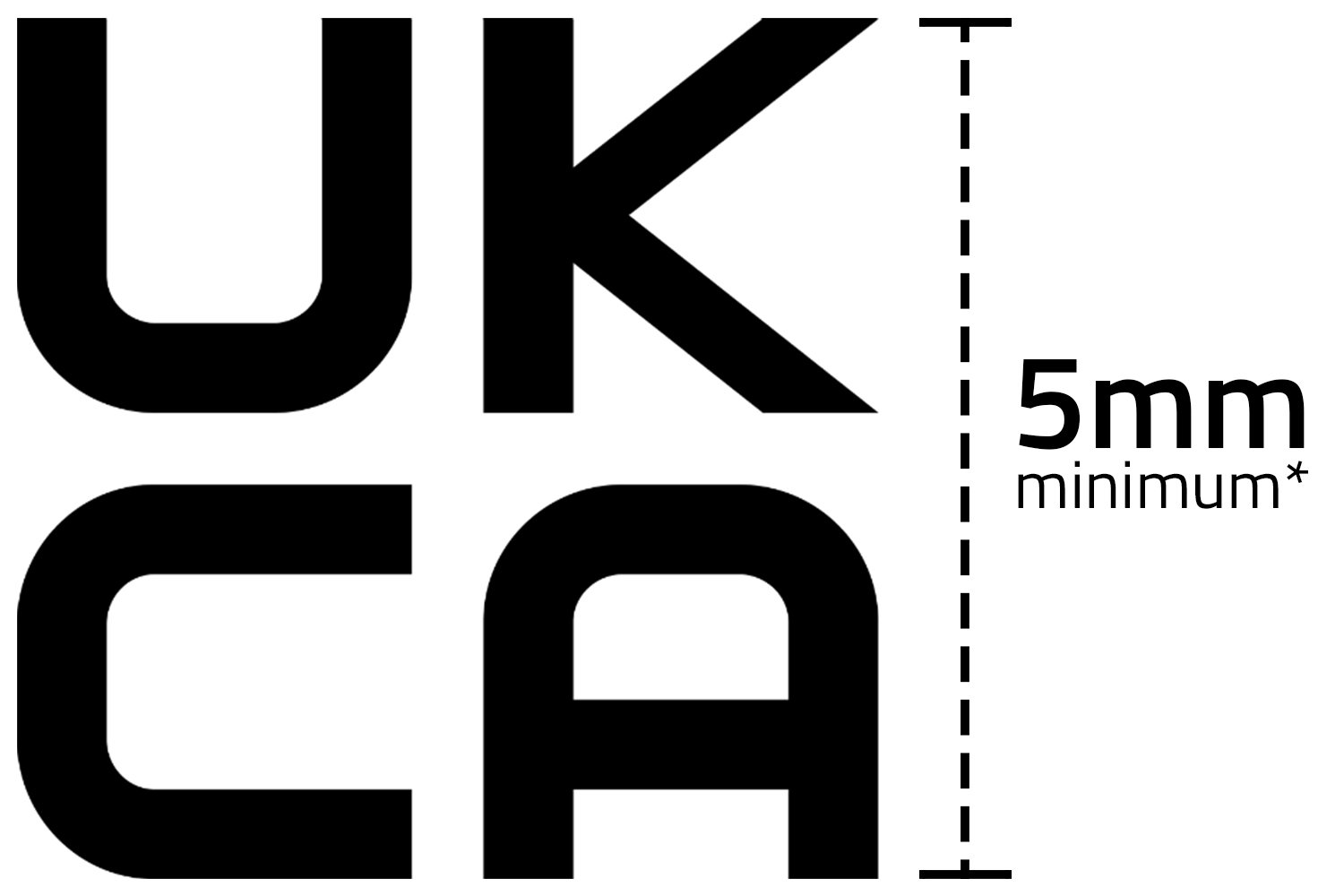
Where and how must the UKCA marking be placed?
If possible, the UKCA marking should be placed directly on the product or – if this isn’t possible – on the packaging. If not, it can also be printed in a manual or other
accompanying documentation in exceptional cases. More detailed provisions may be governed by the relevant product regulations.
*The minimum height of the UKCA marking is 5mm. Other minimum sizes may apply to individual product types. When changing the size of the UKCA marking, the proportions of the letters to each other must always be maintained. The marking must be applied legibly, but can be changed graphically, e.g. the colour.
What other information must be provided?
Most products with a UKCA marking require an accompanying “UK Declaration of Conformity”, in which the manufacturer or an authorised representative states that their product complies with the respective applicable legal standards. Depending on the product, the exact requirements for the Declaration of Conformity may vary. In general, however, the document should contain the following:
- Name and address of the manufacturer or their authorised representative
- Serial number, model or type designation of the product
- Declaration of Conformity of the product
- The Assessment Body that carried out the process
- The new British regulations and standards that apply to the product
- Signature with name and date.
Case Study | How FRIWO Implements UKCA Requirements
Since the announcement of the new standard, FRIWO has been working closely with the German Electrical and Electronic Manufacturers’ Association (ZVEI) and has prepared a UKCA Declaration of Conformity in good time.
FRIWO was one of the first companies in the German electrical industry to approach the approval authorities and work closely with the ZVEI. Since then, there has been a constructive exchange to understand all requirements in detail and prepare for implementation.
FRIWO’s goal is to become a pioneer in marking. The company has already implemented many requirements, even if they’re not currently required. This way, the company wants to guarantee its customers and sales partners continuity for business in the UK and seamless implementation of the UKCA requirements.
From 1st January 2023, the UKCA marking must be visible on the device, in accompanying documents or on the folding box. From 1st January 2024 at the latest,
the UKCA marking must be present directly on the device.
FRIWO exceeds these requirements and has already started marking its devices. The UKCA marking is applied directly to the devices by laser printing, so various products from the manufacturer already meet the requirements that will apply from 2024. We expect to successfully mark our entire portfolio with the respective markings in the near future.
How to Navigate the UKCA Certification Process
Before you start the certification process for the UKCA marking, you should first determine whether you’ve compiled all the necessary information. In the following,
FRIWO provides you with the most important information with further sources for the UKCA marking.
Before you start the certification process for the UKCA marking, you should first determine whether you’ve compiled all the necessary information. In the following,
FRIWO provides you with the most important information with further sources for the UKCA marking.
CONTACT US
We will get back to you as soon as possible.
Please try again later.
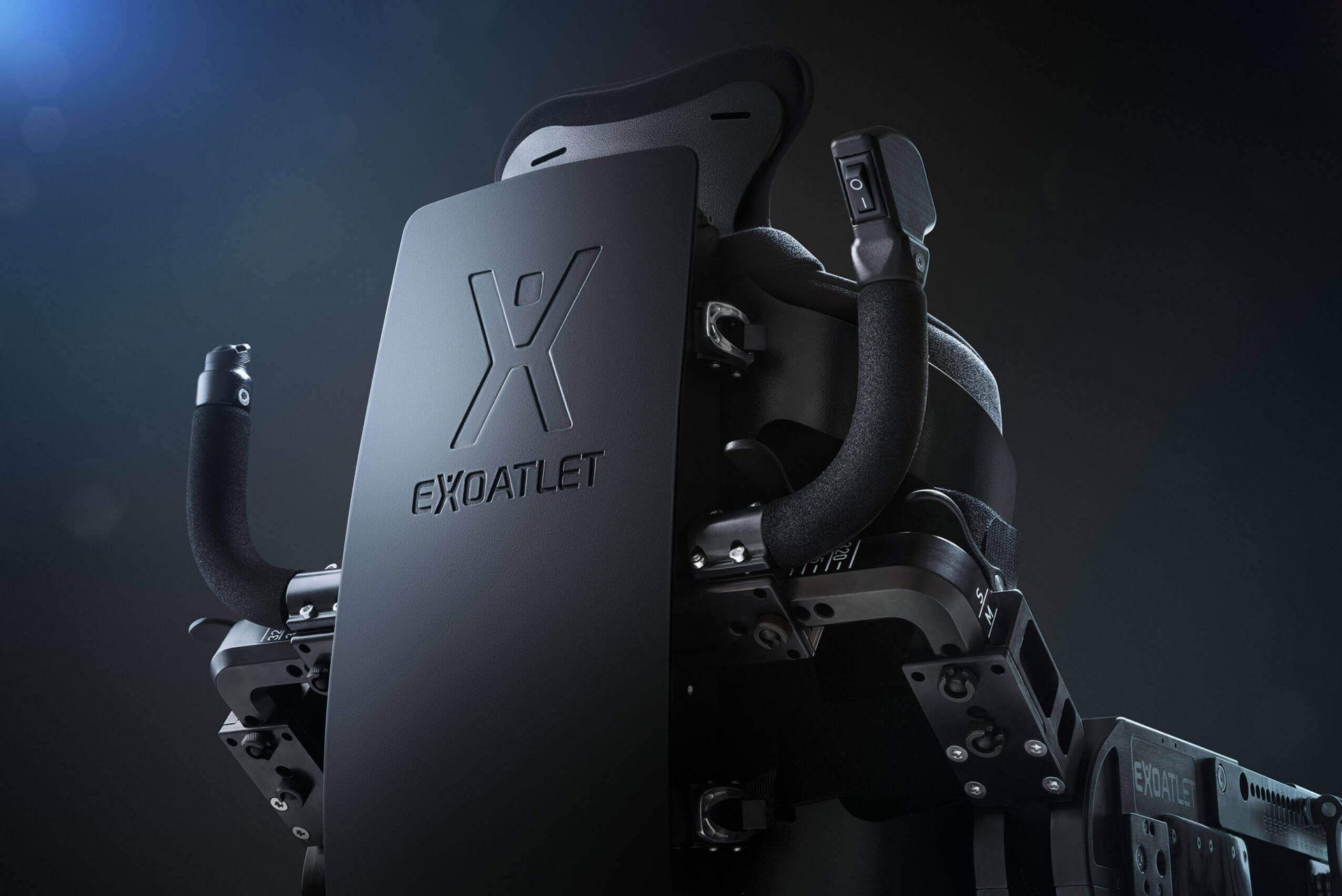
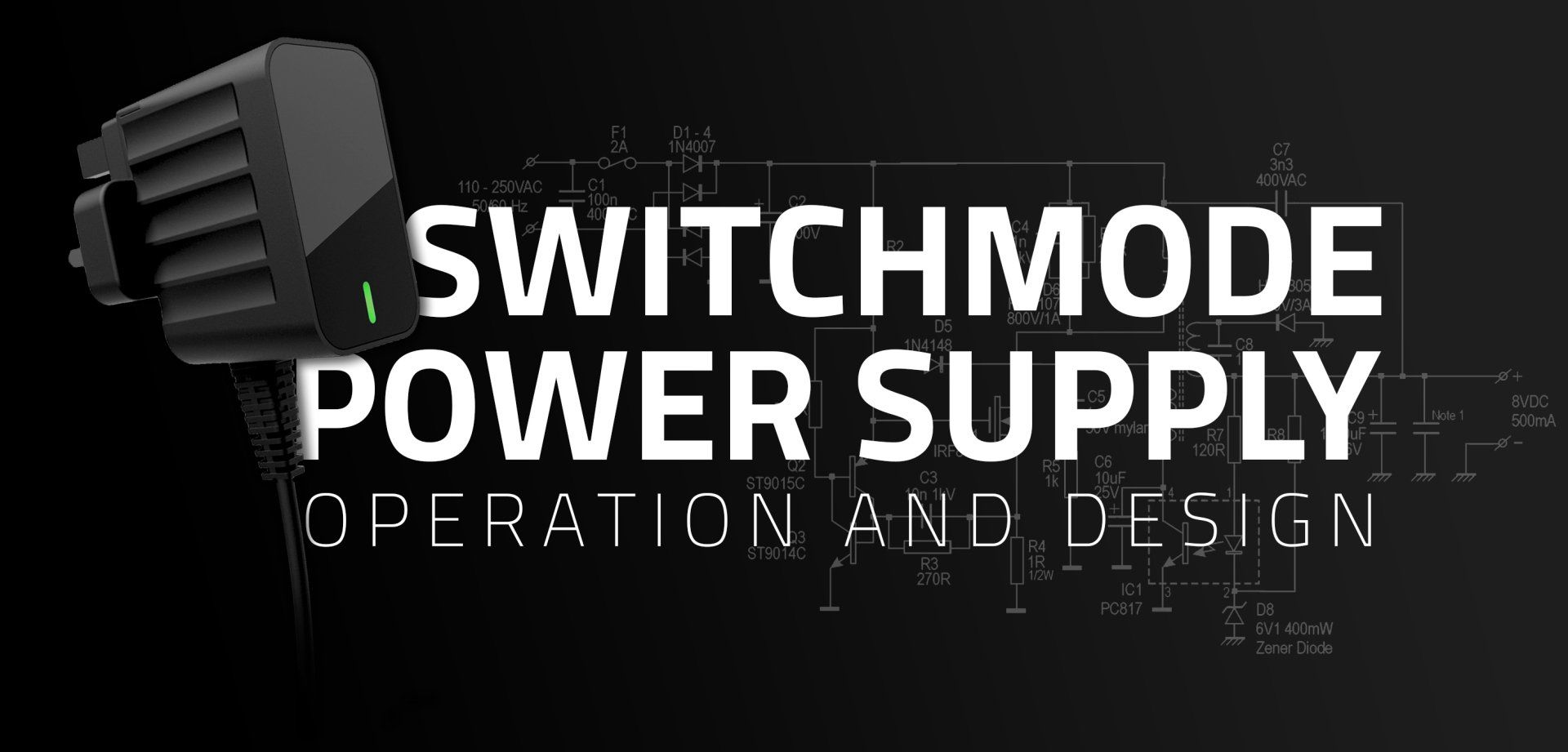
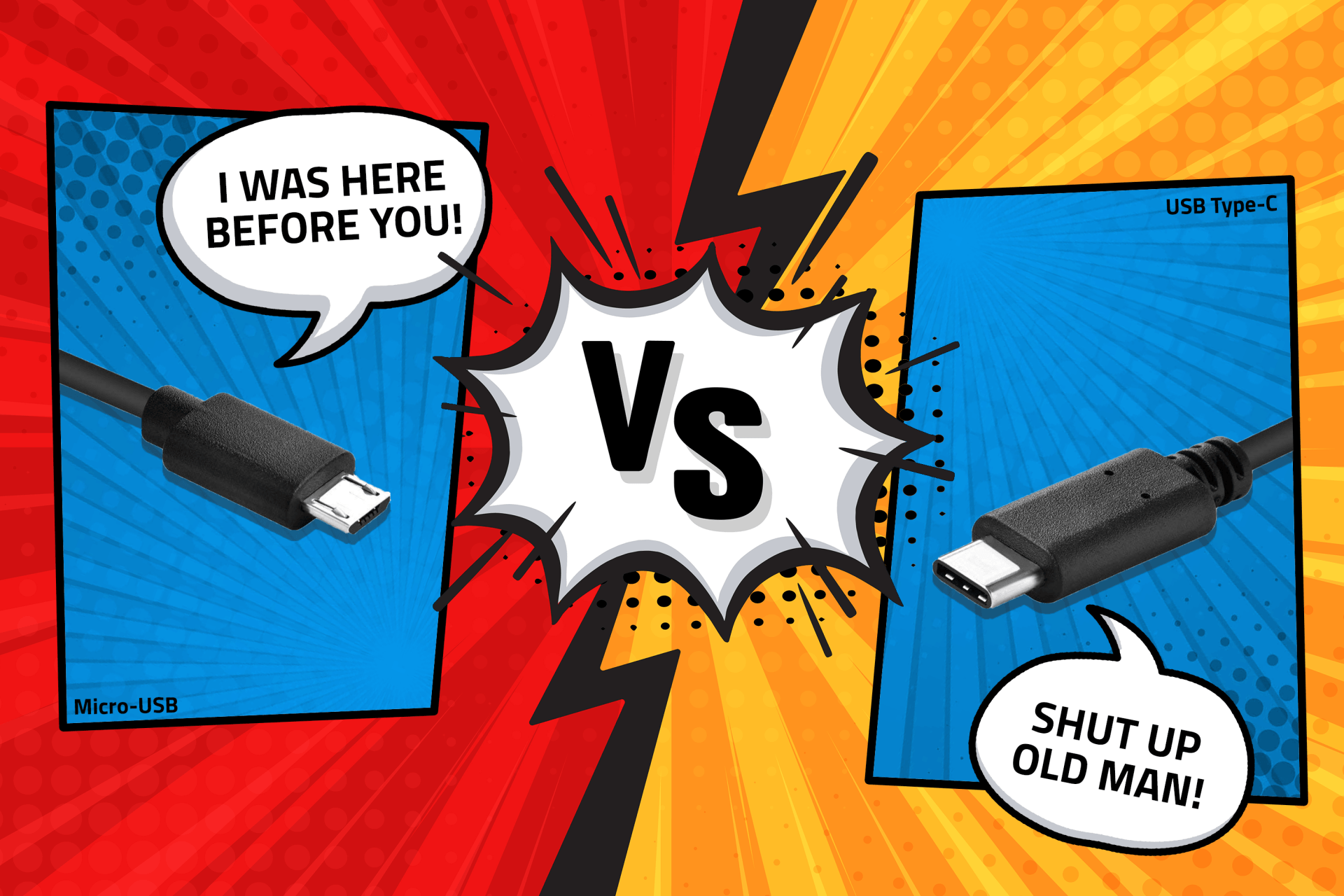
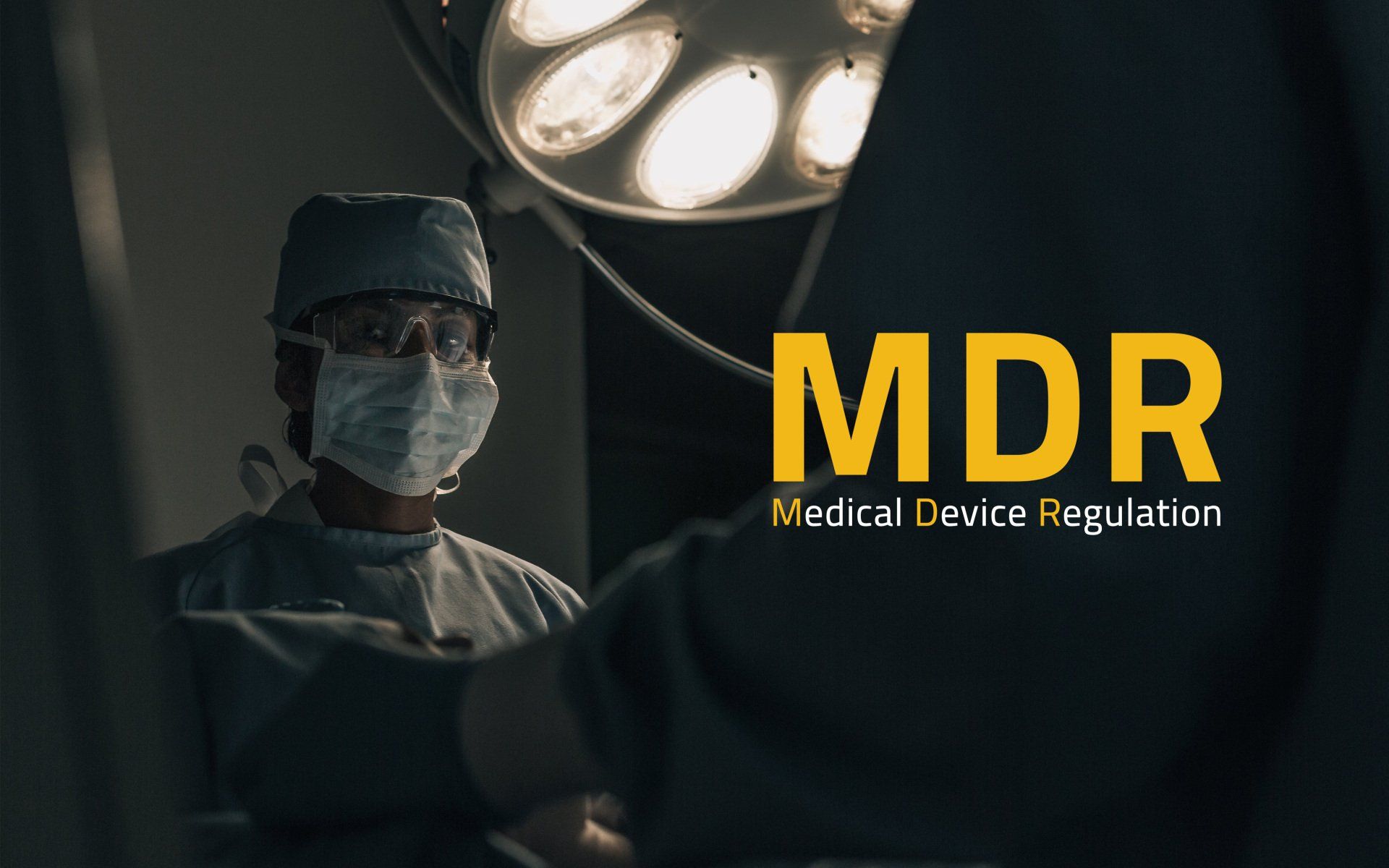
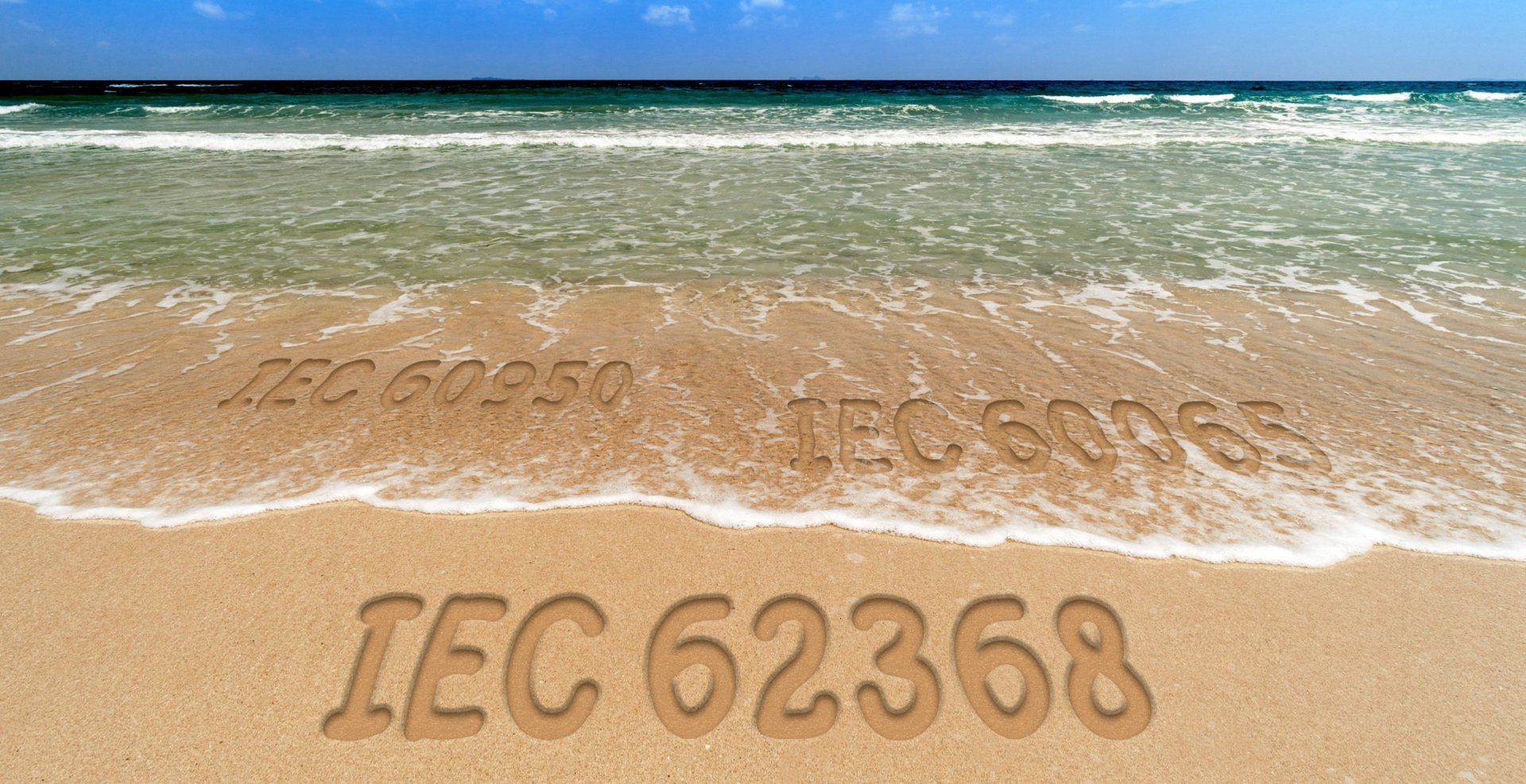

CONTACT US
01423 796240
hello@haredata.co.uk
Unit 6 Stoneacre
St James Business Park
Grimbald Crag Close
Knaresborough
HG5 8PJ
FOLLOW US!
OPENING HOURS
- Mon - Thu
- -
- Friday
- -
- Sat - Sun
- Closed
©2024 Kastronix Limited trading as Haredata Electronics
Registered in England No: 5649420 VAT No: GB613440575

